
Strava’s 5 Strategies for Rapid Growth to reach $1.5 billion valuation
Strava was merely a blue-skies dream in the year of 1996, says Michael,
We were discussing what we could do in the internet space and spoke to some web developers. There was no javascript let alone GPS and the concept of a dynamically rendered webpage did not exist. The folks we spoke to about this couldn’t wrap their heads around building a site like this. What we were talking about was building a combination of a social network and a quantified self-site before there were even terms like that.
Michael Horvath: Co-founder and CEO of Strava
Fast forward to 2022 and Strava is surpassing 100 million users, becoming a household name in cycling and running communities, receiving a $1.5 billion valuation, and having over two-thirds of the Tour de France riders uploading their results to the platform. There’s even a saying: “If it’s not Strava, it didn’t happen.”
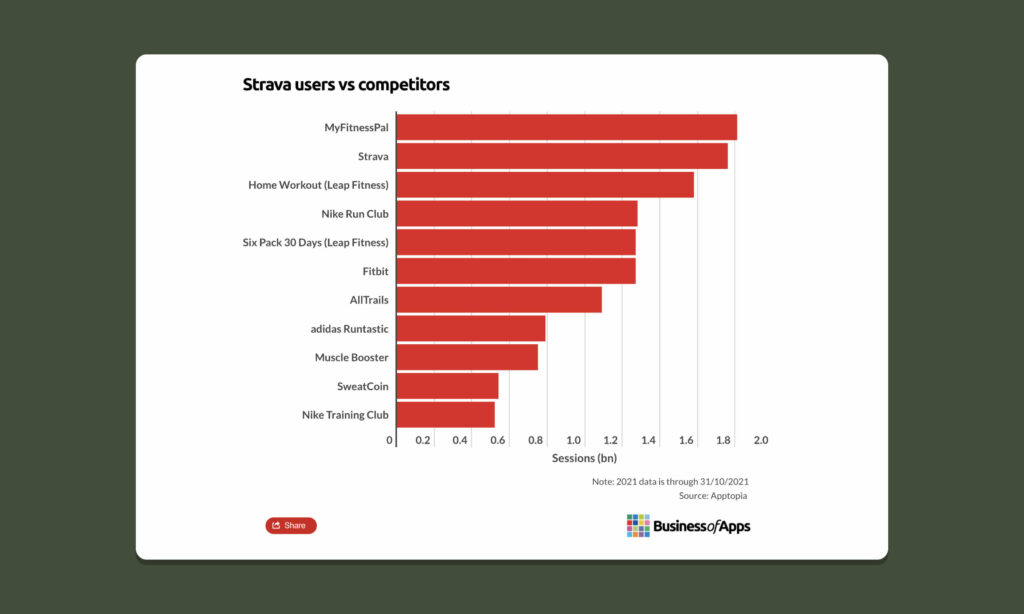
But this insurmountable growth didn’t happen without Strava taking measures to expand, serve their users’ needs and release features that will take it into the years to come. In this article, we will explore just some of the approaches that Strava employs in order to stay relevant in a health and wellness-conscious market.
Table of Contents
1. Expanding user base 🌱
According to a press release, the number of Strava users has doubled in the past 24 months. This impressive statistic results from the company expanding its horizons, a.k.a its user base.
Initially, Strava was created for cycling and typically for the more professional kind. Today, they boast 31 different activity types on the app, from running to canoeing to rock climbing to alpine skiing.
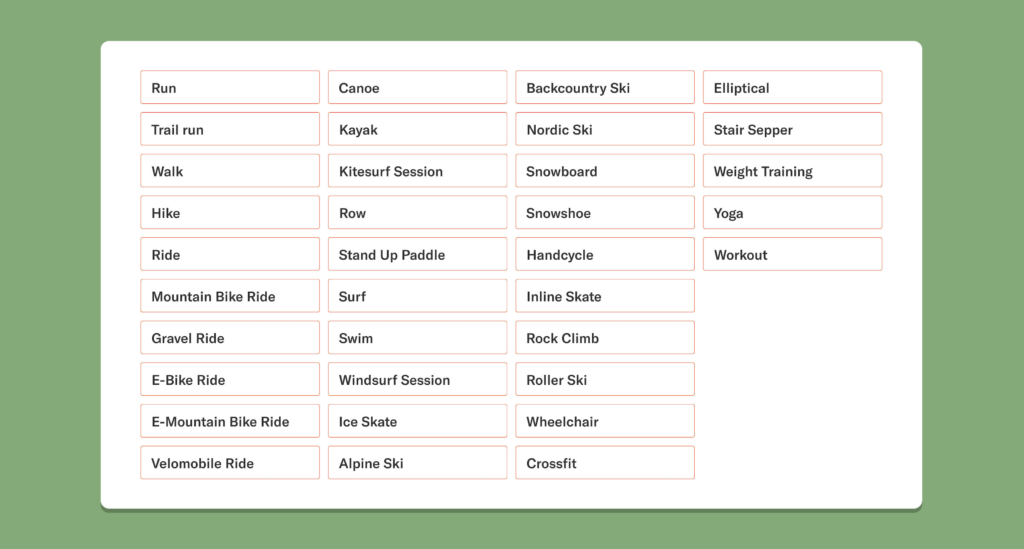
The company’s growth can also be attributed to the impact of the coronavirus. Co-founder Michael stated that “In the last two years, we’ve seen a tremendous shift in the importance of movement and sport in people’s lives.” What was once an app suited to more professional athletes, is now an encouraging and welcoming platform for all levels of experience.
“What we are building is something that is universal…for anyone who wakes up saying ‘I’d like to have some activity in my life today, Strava is the place for them,” Michael added.
Expanding your features will in turn grow your user base, as long as it doesn’t impact the overall quality of your product and you don’t lose that unique value in the market. Adopting this growth mindset is a surefire way to adapt to an ever-changing world.
2. Leveraging social aspects 👋
In an era where rampant doom-scrolling lingers and ‘anti-social media’ platforms like BeReal are gaining incredible traction, the artificial nature of most social media has become utterly draining. What was once a way to share authentic moments with close friends feels more like a performance.
From those who dabble in exercise to those who do it professionally, posting to platforms like Instagram, Twitter and Tik Tok has become as much of a habit as a pre-workout stretch or putting on your activewear.
Strava had always planned to be a social platform, but in the early days, it was very limited in its sharing capacity. In 2017, with a recently appointed CEO and former VP of Instagram, they introduced posts, allowing users to upload photos, questions, comments and tips in a familiar format. By familiar, I mean that this feature is similar to other social media that users generally interact with.
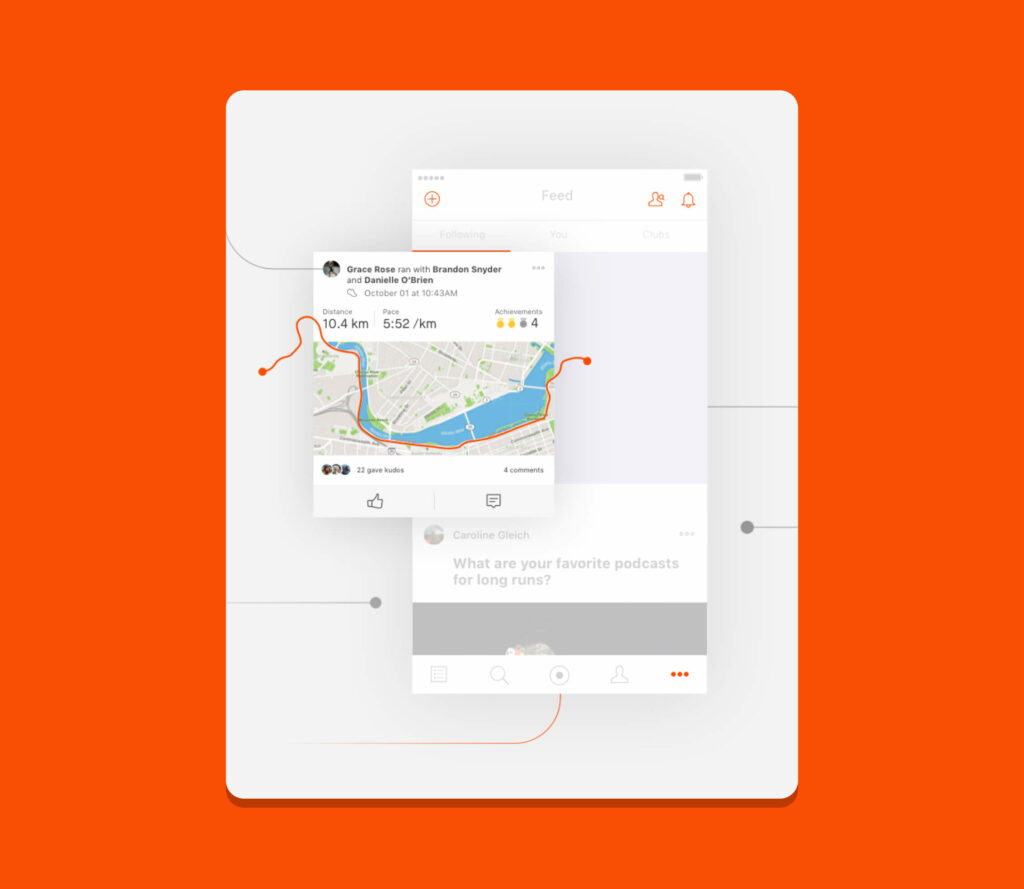
While Quarles stated that “None of our team is trying to create an orange Facebook,” implementing similar interactions to other platforms does help with adoption as users are having to put less effort into learning a new feature. We see it often now with other social platforms, like Instagram bringing in stories and reels, concepts already familiar to users from Snapchat and Tik Tok.
We all know that social media can have a dark side and how trolling and negativity can have devastating impacts. It defers a lot of people from sharing aspects of their lives, and sometimes sharing your workouts and activity can be a daunting task. In a bid to create a safe, encouraging space, Strava only allow you to ‘react’ with Kudos. According to Strava’s support blog, Kudos are a quick thumbs-up you can give to your fellow athletes to congratulate them on a noteworthy activity, achievement, post, badge, or challenge milestone.
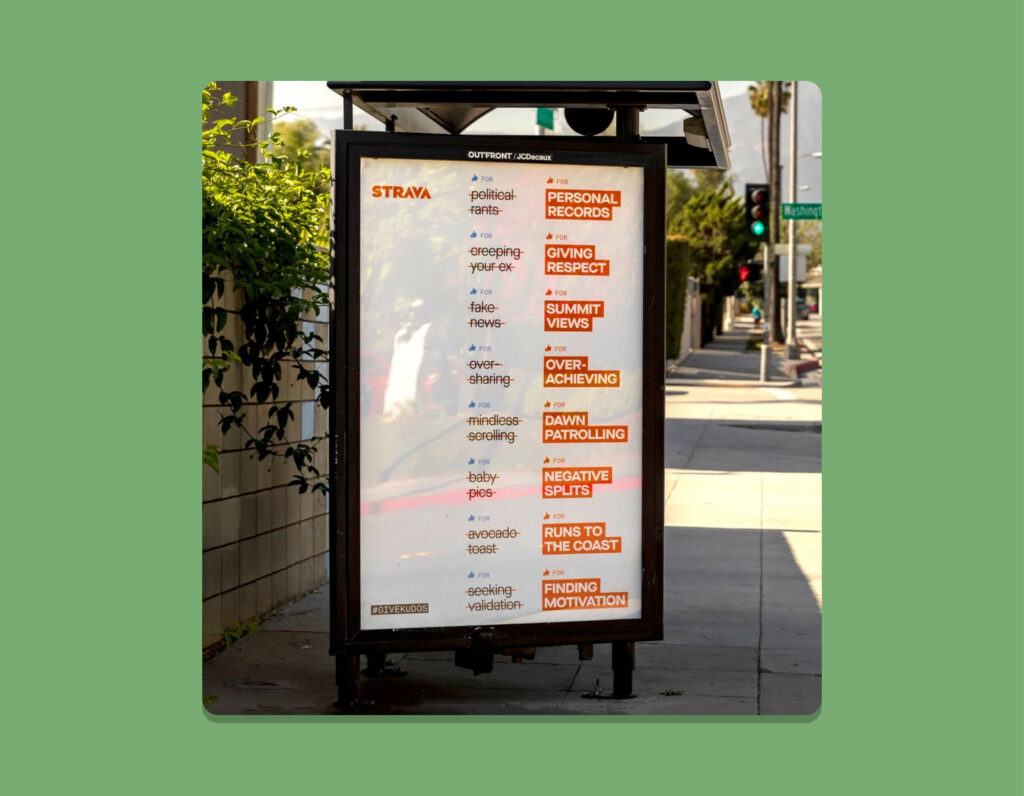
7.1 billion kudos were given on Strava in 2020. The company even ran a campaign in 2018, teaming up with Stink Labs, encouraging users to “Give Kudos,” which prides itself in being a positive and motivational form of reacting.
Comments underneath my workouts, rides or runs fall into two categories: congratulatory or encouraging. You can type out a description of how your exercise went without fear of some troll jumping in with something negative. It genuinely feels like we’re all helping to motivate each other without exception.
Nathan Irvine
Fostering such a supportive, social space allows for the right foundations of a community, which we’ll be delving into next.
3. Keeping community at the core ❤️
“People say they don’t download Strava, they join Strava.”
James Quarles, former CEO of Strava
Strava have proven that they are so much more than just a news feed. During the pandemic they worked to build community through online clubs and challenges that anyone could join and work toward by logging their activity on the app. In the words of Michael, users began to “look for community and connection when they couldn’t find it through their regular life.”
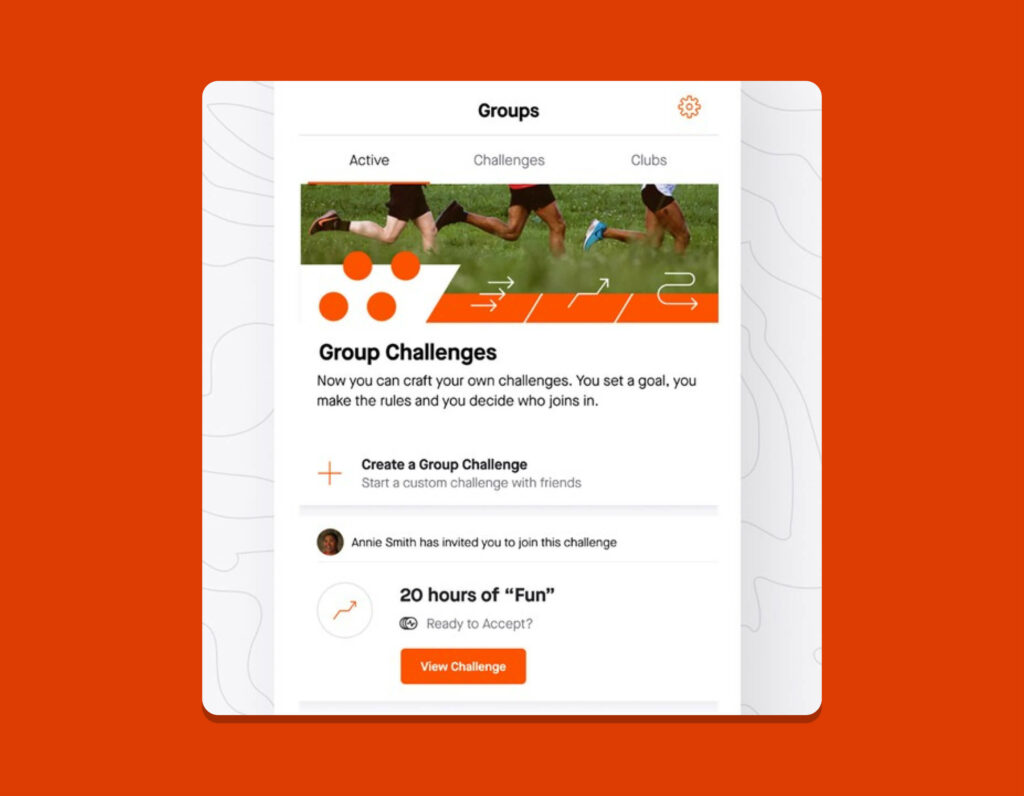
Strava also holds photo competitions, which encourage to get their users involved, promote the brand and share some inspiring snaps all at once. This year’s The Year in Sport Photo Contest had over 11,000 submissions.
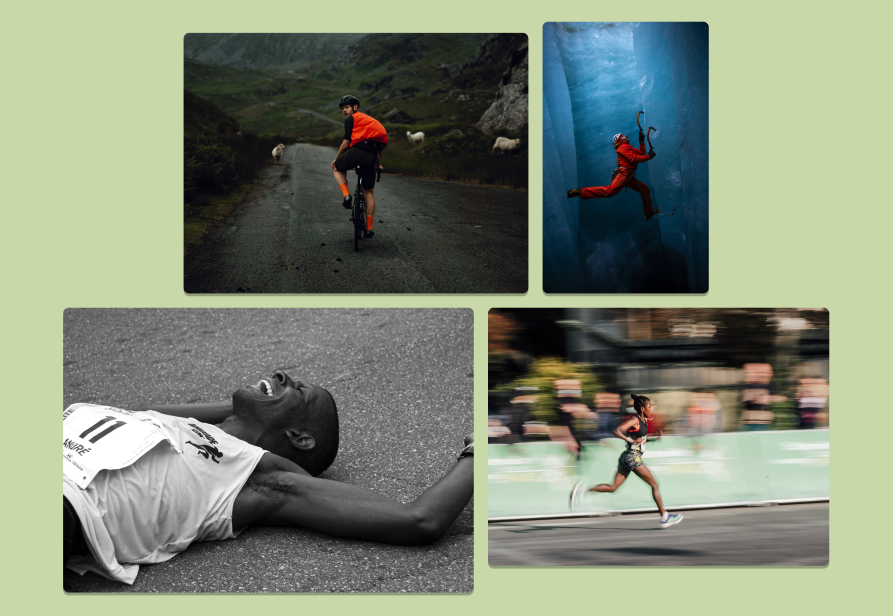
Strava’s socials are also places that foster this wholesome sense of community. It is obvious that a lot of effort goes into these platforms and giving a voice to their users and being a source of inspiration.
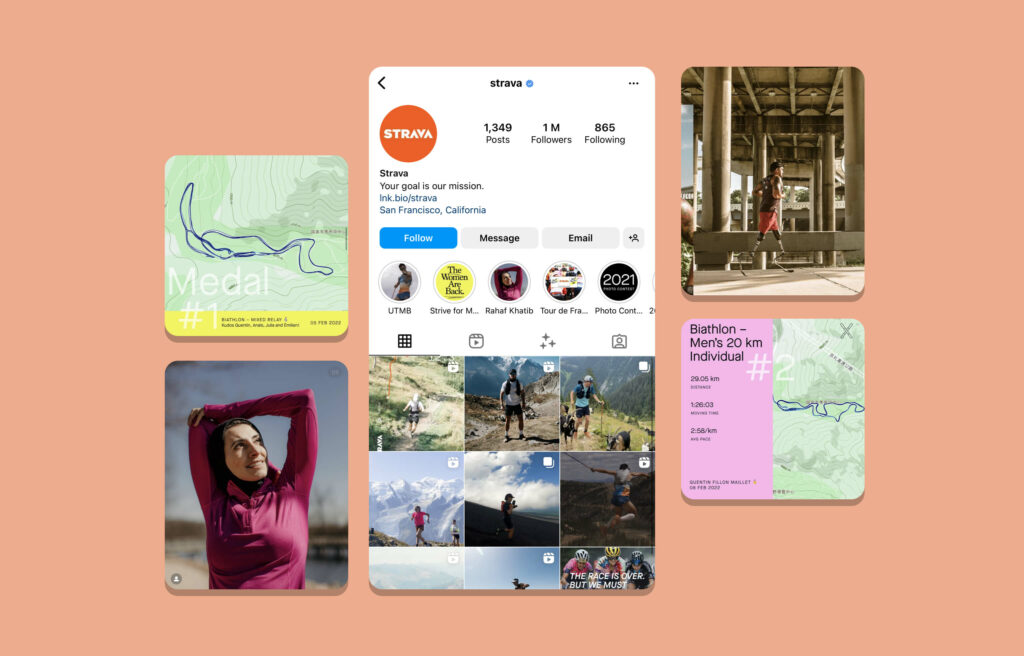
People are craving community now more than ever. Facilitating this within a company has the ability to increase customer loyalty, improve products, spread brand awareness, and promote overall growth. For businesses, this means that community is critical to success.
4. Adding a bit of exclusivity ✨
The impact of exclusivity on human beings begins with the Scarcity Principle. The more rare or unattainable something is, the more valuable it is. This uniqueness creates a sense of desire and needs to obtain this thing and see what all the hype is about.
Countless businesses have used the power of exclusivity throughout the years to attract customers. One way to do this is by providing a free service (a.k.a freemium) and more premium service through some sort of paywall or subscription. The subscription economy has rapidly taken off over the past decade, growing over 435% in the past nine years. Think Netflix, Spotify, Apple Music and Amazon Prime.
Subscriptions can be an amazing business move if done correctly. They can:
🤑 Offer some predictable revenue
📈 Provide scalability for growth
❤️ Increase return on customer acquisition costs
Strava restructured itself in 2020 to add more of what it offered into the subscription tier – previously called Summit. There’s now a free version that provides limited features and a subscription version, as you will see below in the table comparison.
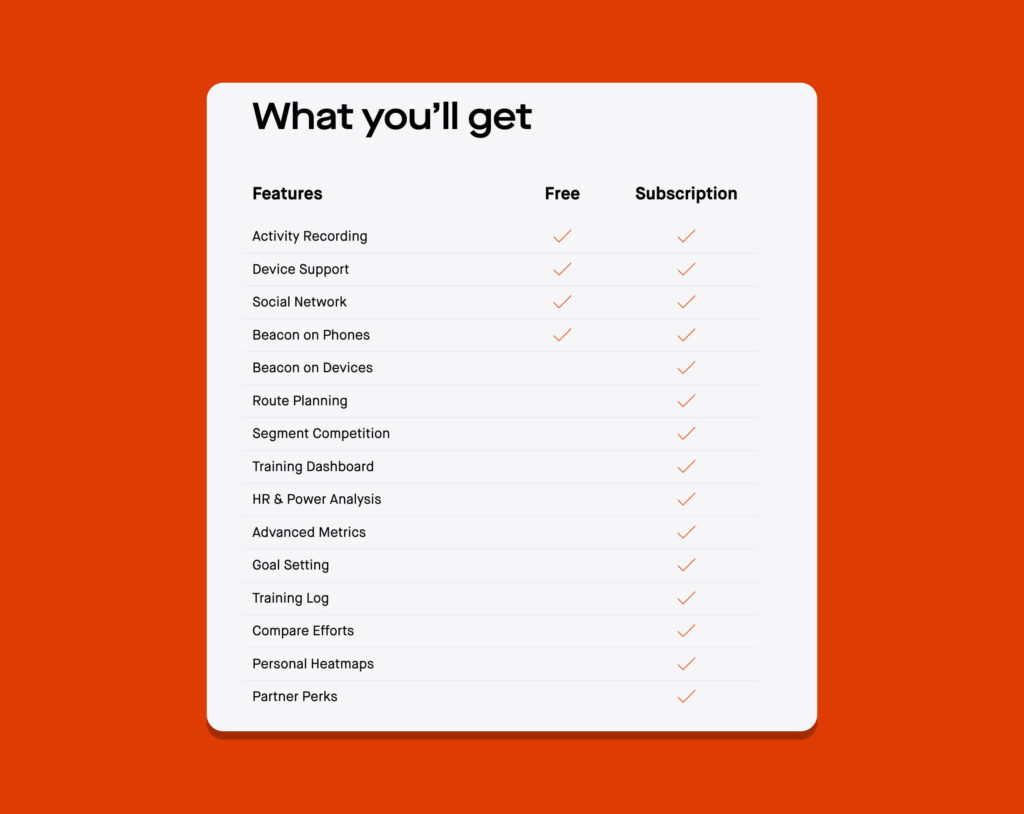
The subscription, from $6.83/mo, unlocks an array of exclusive features, like the example below, providing users with weekly visual statistics on how they are tracking.

Utilising exclusivity through subscription models allows businesses to offer affordable, premium products that can, due to customer loyalty and recurring revenue, iterate and improve over time.
5. Utilising gamification 👾
Gamification is a concept we talk a lot about at Raw.Studio, and you can dive deep into it here in one of our previous articles. Gamification incorporates the fun and engaging elements found in games and applies them to a product or experience. It taps into some of our most primitive instincts as human beings, making the experience all the more immersive (and sometimes, addictive.)
Yukai Chou, the one who originally coined the term gamification, outlined a few areas where Strava show they are a ‘Masterclass in gamification’:
🎯 Leaderboards
Each Strava Segment has a leaderboard that ranks all Strava athletes who match the GPS trace between the defined start and finish. It can turn any activity into somewhat of a race. Leaderboards encourage users to train hard as to avoid losing their place, or surpass those above.
🏃 Challenges
Strava continually update their challenges to keep their users engaged. You can also create your own individual or group challenges. These challenges themselves provide a giddy feeling of accomplishment that you can share with others, and they also provide some unique and permanent badges that are displayed in your public trophy cabinet.
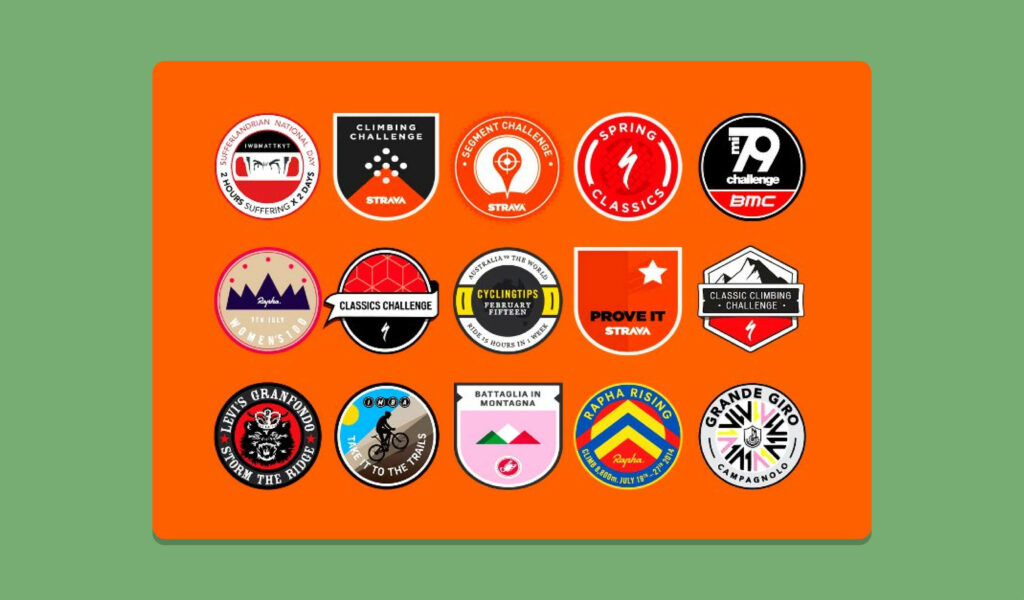
📊 Data and analytics
This relates to the gamification pillar “Empowerment of creativity and feedback.” Strava provides data on your weekly progress, best efforts, suffer score, heart rate zones, and much more. Providing users with relevant data on their activity creates a feeling of progress and accomplishment, and it is then left up to the user as to whether they use this data more for fun, reflection or as a way to improve.
❤️ Community
As touched on a few points before, community provides a sense of purpose. Allowing users to post, share, follow, join clubs and workout with others facilitates this feeling of belonging
🎨 Creativity
Whilst the team at Strava didn’t necessarily plan for this, there is even a vibrant community of runners who use the platform as a canvas to create GPS art, encouraging other users on the platform to make art with their running tracks.
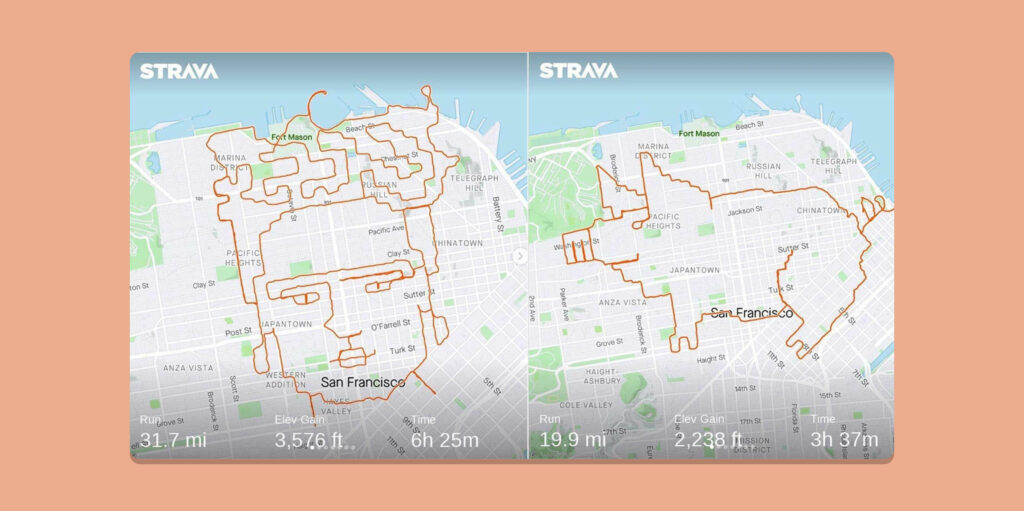
Adopting gamification tactics within a product has the ability to retain users as you are creating a space of learning, encouragement and goal-crushing, and turning a dull or arduous experiences into something exciting.
Wrap Up
In regards to Strava’s mindset now,
We’re nowhere near done. We keep iterating and improving things. We’re careful not to add too many things without nurturing what we’ve already built.
Michael Horvath
Strava has embraced continual iterations, listened to user requests for new features and has ridden the wave of the pandemic – and come out stronger than ever. They have managed to create a motivational digital centre for the modern user’s active existence – from master to novice and everything in between.
Take your company to the next level and get results with our world class user experience, interface design and implementation.
Get a FREE 30 min Strategy Session

Related posts
The Impact of Motion Design in UX: Enhancing User Experience
User experience (UX) design has evolved significantly in recent years, and one of the key elements contributing to this evolution […]
Stay ahead in SaaS: How to out UX your competitors
In today’s fiercely competitive SaaS market, understanding customer intent is more than just a strategy—it’s a necessity. With countless options […]
YouTube Tests a Hum-Based Song Search Feature: Revolutionizing Music Discovery
In the ever-evolving world of technology and entertainment, YouTube continues to push the boundaries of what’s possible on its platform. […]
Creative product design that gets results
Take your company to the next level with world class user experience and interface design.
get a free strategy session



